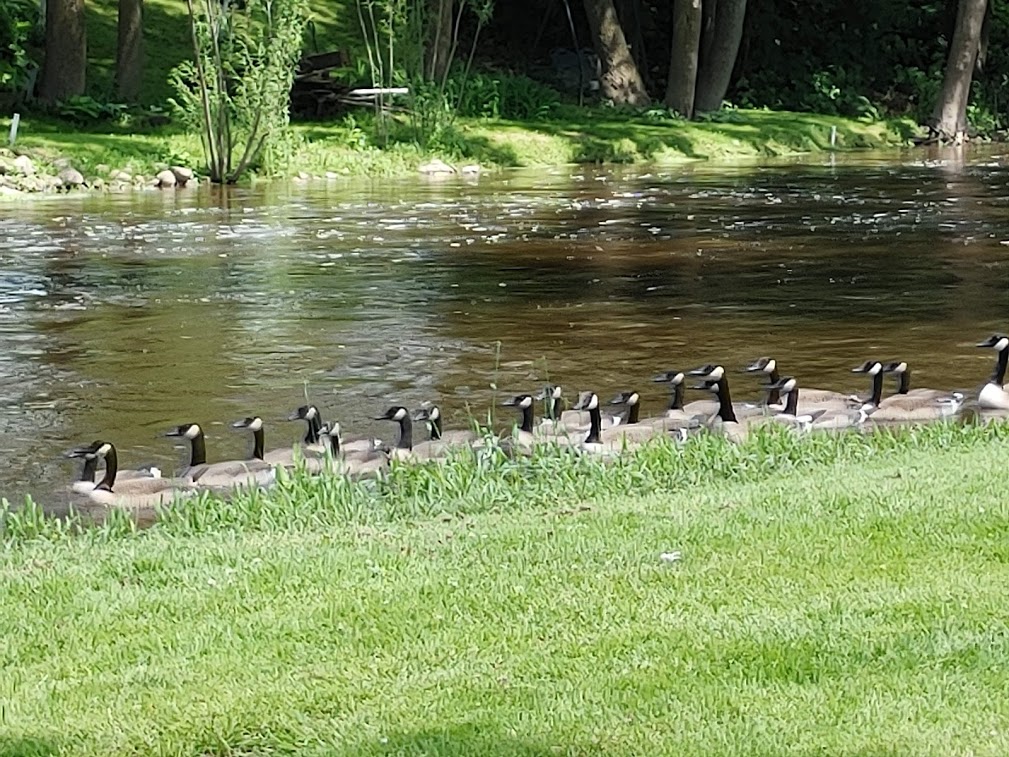WISCONSIN DNR ACTS TO STOP INVASIVE AQUATICS

MADISON, Wis. – The Wisconsin Department of Natural Resources (DNR) today announced the department recently awarded over $509,000 in funding for the new Lake Monitoring & Protection Network (LMPN) subprogram. This statewide network of natural resources professionals will help local communities prevent the spread of aquatic invasive species (AIS) and protect their local waters’ health.
The DNR will use funds from the Surface Water Grant Program to set up core services in each participating county. This includes supporting AIS and water quality monitoring, training watercraft inspectors, participating in outreach campaigns and providing technical assistance for local water protection efforts.
Each year, the DNR will distribute up to $1 million to network coordinators located around the state. The annual funding allocated to counties is based on multiple factors, including AIS presence, the amount of surface water and public access availability. Counties can form partnerships, merge their allocations and add their resources to scale up their services on a regional basis. “The LMPN program is helping to provide funding for AIS coordinators for the first time in areas like Dodge and Columbia County, where there was little coverage previously,” said Shelby Adler, DNR AIS and Lake Management Specialist. “Now, we will have more boots on the ground.”
Unlike other surface water grants, the LMPN subprogram funding is noncompetitive. The new effort supports familiar statewide programs such as Clean Boats, Clean Waters; Purple Loosestrife Biocontrol; Water Action Volunteers; AIS Snapshot Day and the Citizen Lake Monitoring Network. It also allows for flexibility to tailor efforts to meet local needs and conditions. A little over half of all Wisconsin counties signed on this year, with more expected to join when the next funding cycle begins in the fall of 2021.
“We worked with the legislature to allow a consistent base of funding for local partner programs,” said Carroll Schaal, DNR Lakes and Rivers Section Chief. “That was the only way we could have a stable, effective statewide program.”
To learn more about the Surface Water Grant Program, click here. Find an AIS Coordinator in your area on DNR’s Aquatic Invasive Species Contacts webpage here.
You may also like
-
Anglers Play A Key Role In Aquatic Invasive Species Prevention
-
Another Democrat Gun Grabber Calls for Political Violence, This Time with ‘Actual Weapons
-
Dark Web of Taxpayer’s Money Funds Anti-Gun Organization
-
Selected Bill Peroutke for their 2025 Life Membership Award.
-
THANK YOU DEAN FOR ALL YOU DO FOR MANITOWOC COUNTY FISH & GAME
